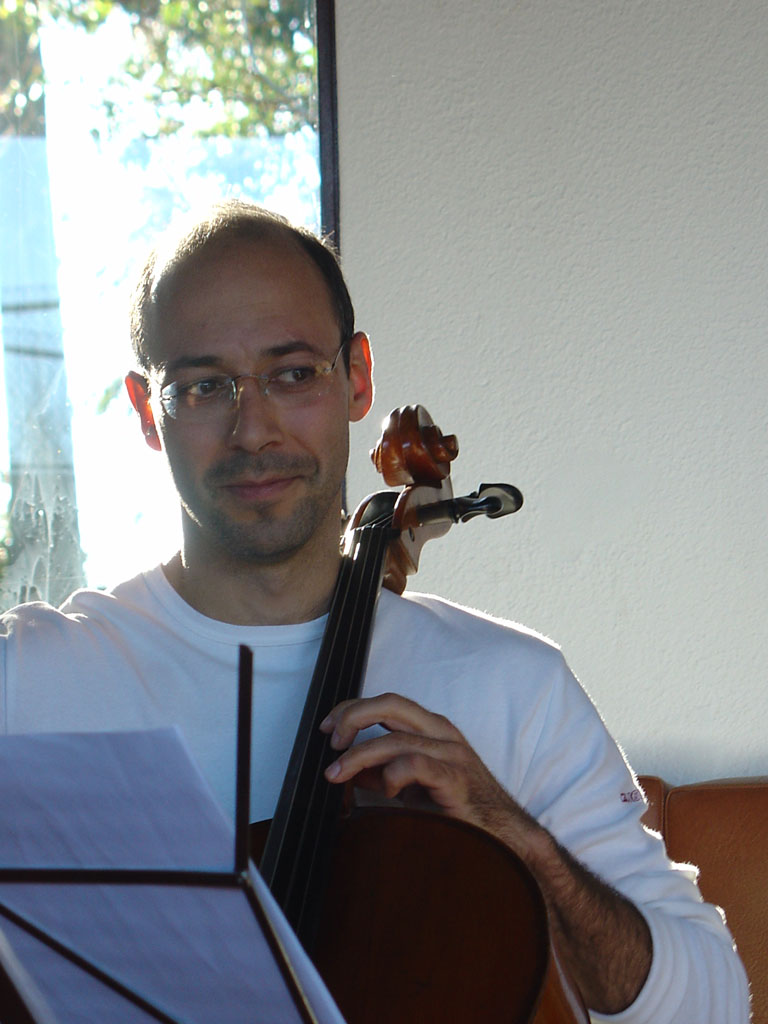The conceptualization of time and the constancy of the speed of light
Year: 2008
In this work we show that the null result of the Michelson-Morley experiment in vacuum is deeply
connected with the notion of time. It can be deduced without any mathematics only from the
assumption that all good clocks can be used to measure time with the same results, independently
of the machinery involved in their manufacturing.
A second important assumption, intrinsic to the very notion of time, is that clocks measure time in the same way in different frames, i.e., the notion of time is the same in all inertial frames. Under this assumption, we point out that the “postulate” of constancy of the “two-way” speed of light in vacuum in all frames independently of the state of motion of the emitting body is also strongly related to the concept of time, together with the existence of a limit speed in the “rest frame”. This postulate simply results from the construction of clocks where tic-tacs are made by objects traveling with the limit speed.
A second important assumption, intrinsic to the very notion of time, is that clocks measure time in the same way in different frames, i.e., the notion of time is the same in all inertial frames. Under this assumption, we point out that the “postulate” of constancy of the “two-way” speed of light in vacuum in all frames independently of the state of motion of the emitting body is also strongly related to the concept of time, together with the existence of a limit speed in the “rest frame”. This postulate simply results from the construction of clocks where tic-tacs are made by objects traveling with the limit speed.



